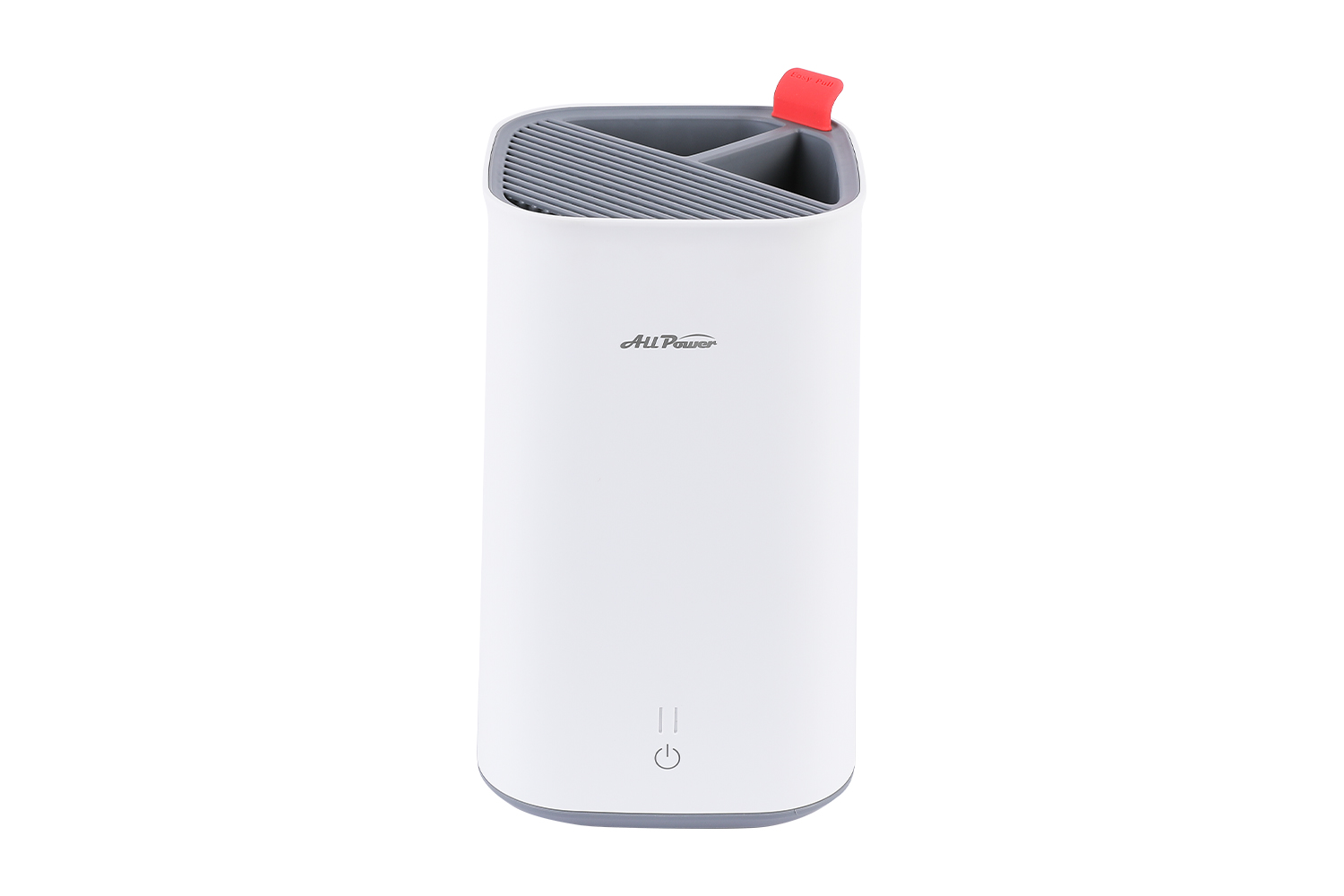One of the primary advantages of buying household cookware in bulk is the significant cost savings. Purchasing items in larger quantities often allows consumers to take advantage of wholesale prices and discounts, reducing the overall expenditure on essential kitchen tools. This cost efficiency is particularly appealing to both homeowners looking to upgrade their kitchen arsenal and commercial kitchens aiming to optimize their budget without compromising quality.
Bulk purchasing opens the door to a diverse assortment of cookware, providing consumers with the opportunity to select a wide range of items to suit their culinary needs. From pots and pans to utensils and bakeware, buying in bulk allows for a comprehensive collection that covers various cooking techniques and styles. This versatility ensures that a well-rounded set of tools is readily available for preparing diverse recipes and meals.
When buying cookware in bulk from reputable suppliers, consumers can expect consistency in quality across all items. This is particularly crucial for commercial kitchens where uniformity in performance and durability is essential. Bulk purchasing from trusted manufacturers ensures that each piece of cookware meets the same high standards, guaranteeing a reliable and efficient kitchen setup.
For restaurants, catering services, or any business involved in food preparation, buying cookware in bulk streamlines the procurement process. Having an ample supply of pots, pans, and utensils readily available ensures smooth operations, reducing the need for frequent reordering and minimizing the risk of running out of essential items during peak times. This convenience is a significant advantage for businesses that rely on a well-equipped kitchen for their daily operations.
Buying household cookware in bulk can also contribute to reducing the environmental impact associated with packaging and shipping. Bulk shipments typically involve less packaging per unit, leading to decreased waste. Additionally, the reduced frequency of individual shipments helps lower carbon emissions associated with transportation, aligning with environmentally conscious practices.











